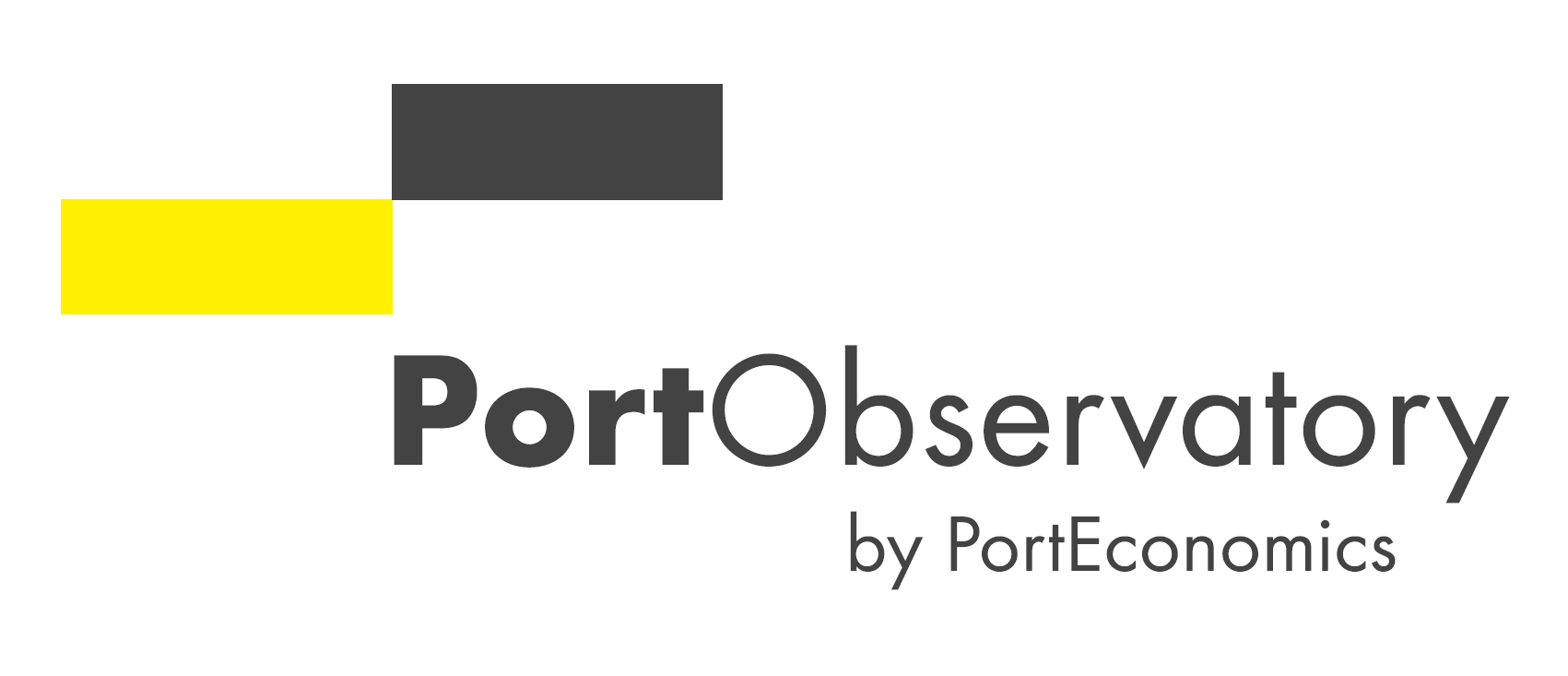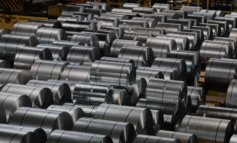By Theo Notteboom
The Straits of Gibraltar is one of the most strategic points on East-West maritime trade lanes. Ports in the wider region around the Straits have good reasons to convince shipping lines of making a call at their container terminal facilities for transhipment and interlining purposes. The container volumes in the region grew from 660,000 TEU in 1985 to 14.01 million TEU in 2016.
Algericas was the first to reap the benefits of its geographical location.
Algericas at the southern tip of the Iberian Peninsula was the first to reap the benefits of the unique geographical location, partly as a result of the strong presence of Maersk Line. Its share in the total volume handled by the five ports considered in the graph reached close to 70% in the mid-1990s, but this share gradually dropped to some 35% in the 2014-2016 period. Still, Algeciras is the largest container port in the Med with a volume of 4.76 million TEU in 2016 with some 95% of its throughput related to the transhipment business. Valencia initially developed as a gateway port, but later developed a keen interest in the transhipment business as well, mainly as a result of the activities of MSC. Handling 4.72 million TEU in 2016, Valencia is the second largest Med port combining an important gateway function with significant transhipment flows. In the early 2000s, Malaga started to draw attention as a potential transhipment location. The port managed to boost volumes to about 542,000 TEU in 2007, but throughput fell to reach some 43,000 TEU in 2015. In 2016 volumes were up again reaching a modest 120,000 TEU.
Sines and Tanger Med are the new kids on the transhipment business block.
Sines in Portugal has managed to significantly increase its share from 2.7% in 2008 to 10.7% in 2016. MSC has a strong presence in Sines, a port which is particularly keen on developing a turntable position in the trade between Asia, Europe and South America. Tanger Med increased its market position in the Straits region from 10.7% in 2008 (the year after the opening of the first terminals) to 23% in 2014. The Moroccan port saw its market share drop to 21.1% in 2016 due to capacity constraints on its existing facilities. With the development of phase 2 of its container complex, Tanger Med is hoping to strengthen its position by attracting more cargo and partially deviating container volumes from traditional European ports.














